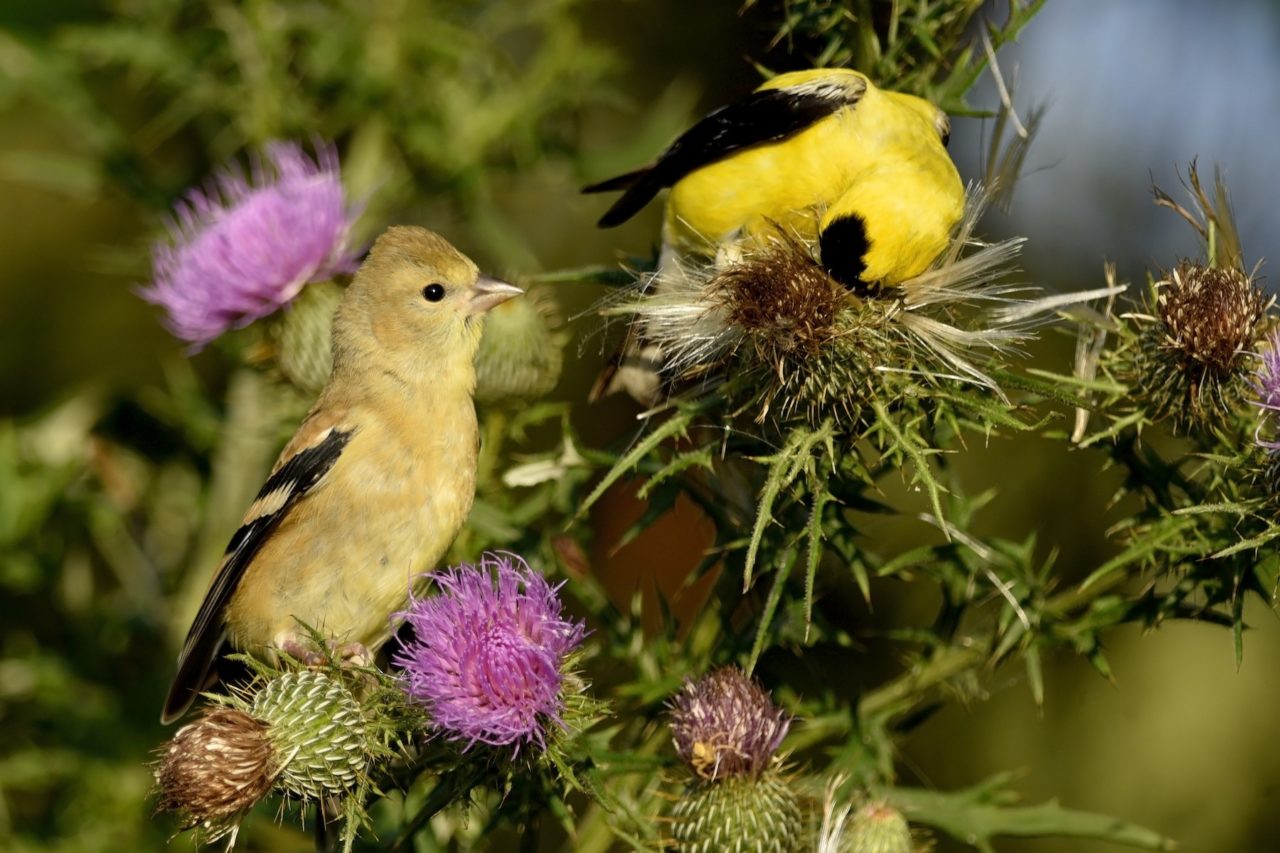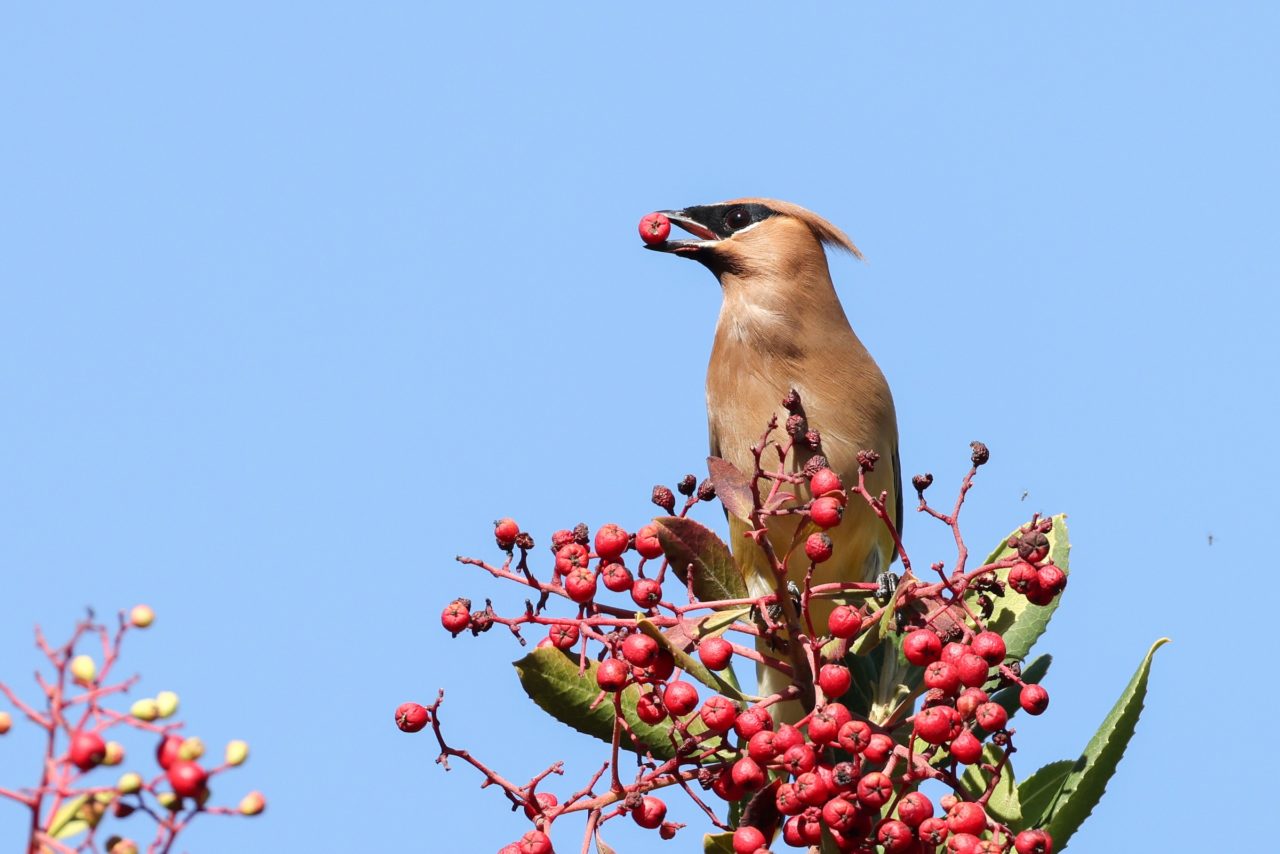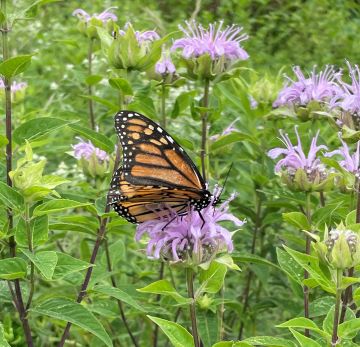April: National Native Plant Month

In April 2021, the U.S. Senate passed a resolution calling April National Native Plant Month. While April is almost over, the growing season is just beginning! Planting native species is a great way to not only attract birds to a property, but also provide critical food and shelter for birds and other wildlife. Without native plants our native insects would not have enough food – just one native oak can support over 500 species of caterpillars. According to the National Wildlife Federation, “those caterpillars are a critical food source for over 96 percent of the songbirds. For example, a pair of Carolina chickadees requires between 6,000 and 9,000 caterpillars to successfully raise just one brood of young. That’s the power and importance of planting native plants when it comes to supporting wildlife.”

Over time, native plants have adapted to local soil, water, weather, and other regional environmental conditions. This means they are hardier than non-natives or ornamentals plants and can withstand freezing and thawing, drought, and even common diseases. Native plants have also had enough time to build up defenses against pests, like weeds and harmful insects, often making weeding, tilling, mowing, and pesticides unnecessary. In addition to supporting wildlife, native plants provide important ecological services to the land; they reduce surface runoff into water bodies, their fibrous roots help keep soil in place and mitigate erosion, and they leech important nutrients back into the soil when they die. Thus, native plants will save you time and money while adding invaluable ecosystem benefits for wildlife and the greater landscape.
Not sure what plants are native to your region or how to optimize your land to serve birds and other wildlife year-round? Want to share resources with landowners? Here are two resources to get you started:

Wild Bergamot. Photo: Prairie Land
Conservancy
Growing Wild: Gardening for Birds and Nature – Bird Academy course from the Cornell Lab of Ornithology
This is a self-paced course includes instructional videos, photo galleries, and plant lists to help you transform your outdoor spaces. With guidance on how to provide for birds throughout the year and attract specific species, this course holds your hand through all the decisions you’ll be making as you get started. Designed for anyone interested in gardening for birds with an outdoor space large or small, this course serves as your friendly guide. Learn more or sign up.
National Audubon Society’s Native Plants Database – Learn about plants native to your area
With Audubon’s Native Plants Database you can learn about plants native to your area and which local nurseries offer them. You’ll enter your 5-digit zip code and explore the best plants for birds in your area, as well as local resources and links to more information. You can also explore bird species that may be attracted to each native plant. Get started here.
These resources are a great way to engage with your members and landowners in your region about habitat enhancement for wildlife, including birds and pollinators. Land trusts might also find these resources useful when planning native planting days with volunteers.


